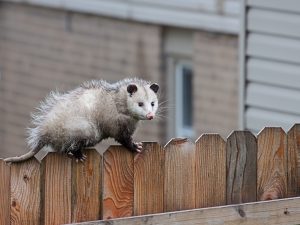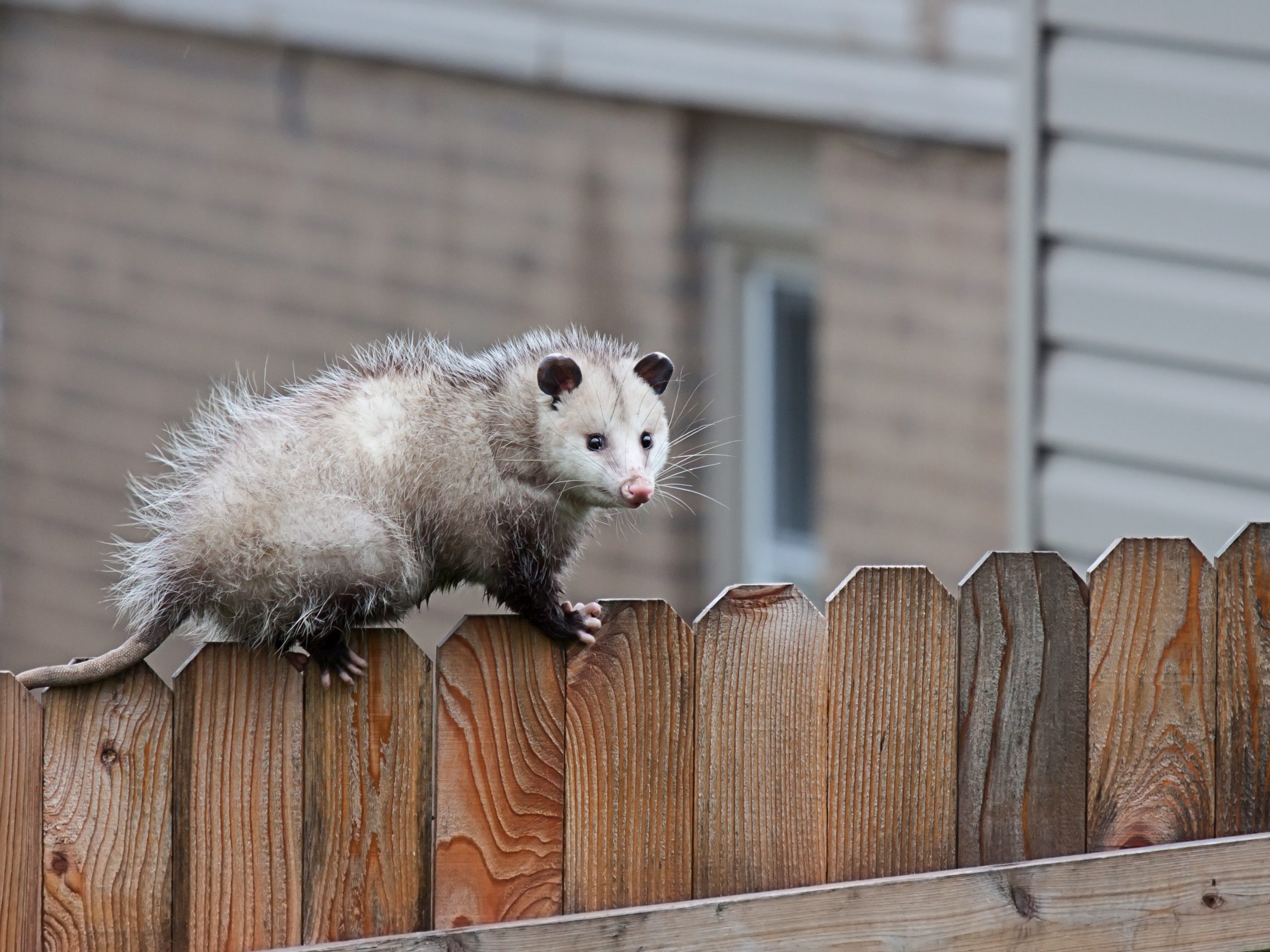 Because of its placement, your outdoor HVAC unit can be easily attacked by pests. Ignoring these pesky critters can have devastating consequences, so it’s essential to come up with a protection plan for your HVAC unit. Read on to learn more.
Because of its placement, your outdoor HVAC unit can be easily attacked by pests. Ignoring these pesky critters can have devastating consequences, so it’s essential to come up with a protection plan for your HVAC unit. Read on to learn more.
Pests That Can Infest Your Exterior HVAC Unit
Some of the pests that can set up house in your outdoor unit include:
- Birds
- Bees
- Rodents
- Raccoons
- Snakes
They can cause massive damage to HVAC components by scratching, chewing, and even urinating. If you turn on your air conditioner while they’re nesting inside, you can experience problems like damaged fan blades. And let’s not forget the harm that these critters can impose on HVAC service technicians and any other passersby.
How to Pest-Proof Your Unit
The best way to protect your exterior unit from animal damage is preventing the unwanted guests from coming anywhere near it in the first place. Here are some helpful tips on how you can achieve that:
- Schedule professional maintenance. During routine maintenance, your HVAC technician ensures that all your unit’s panels are tightly connected. That helps prevent animals from entering the unit.
- Keep the area surrounding the unit clean. Vegetation around the unit can attract pests like insects and rodents to the area and provide them with a hiding space to survive and thrive. Clean up the area regularly to give these creatures fewer living and hiding places.
- Use pet repellents. Pet repellents are natural treatments and thus, they are safer to use than chemical pest treatments. Animals find their scents unattractive. Spray a pet repellent on your exterior unit and its surroundings to deter animals from coming nearby.
By implementing these safeguards for your HVAC unit, you’ll prevent expensive damage and protect your family’s health. For more information on preventing HVAC pest problems or assistance with dealing with animal damage to your outdoor unit, contact the HVAC experts at Ace Hardware Home Services. We help residents in the Dayton area prevent and solve any HVAC problems.








